When Species Control Goes Wrong
The European Green Shore Crab, Carcinus maenas, is a common sight on British coastlines and native to northern Europe.
However this crab is one of the most invasive species and has successfully made a new home on both coasts of the USA and Australia as well as in South Africa.
In the US this crab causes up to $20 million in annual losses from damages to fishing gear and native wildlife.
Naturally in a bid to protect economies, people have tried to eradicate these animals and lower their numbers.
In a twist of fate however, in one area studied, the population exploded instead of declined after a programme of eradication backfired.
Researchers and ecologists began studying and culling the crabs in 2009, and by 2013 had reduced their numbers from 135,000 to a mere 10,000.
Yet one year later, the population bounced back and hit a staggering 300,000.
Researchers suggest that this might be because adult crabs often prey on and cannibalise younger crabs.
But with the absence of these adult crabs, the juveniles did not face this threat and bred wildly to overcompensate. They called this the ‘Hydra Effect’ after the mythical beast that regrows its heads.
Because of this poor understanding of biology, this has meant that their initial problem is far worse than previously.
Wildlife management by humans is a tricky business, and this precautionary tale should stand as a reminder to maintain a wide view of the interactions between ecosystems.

